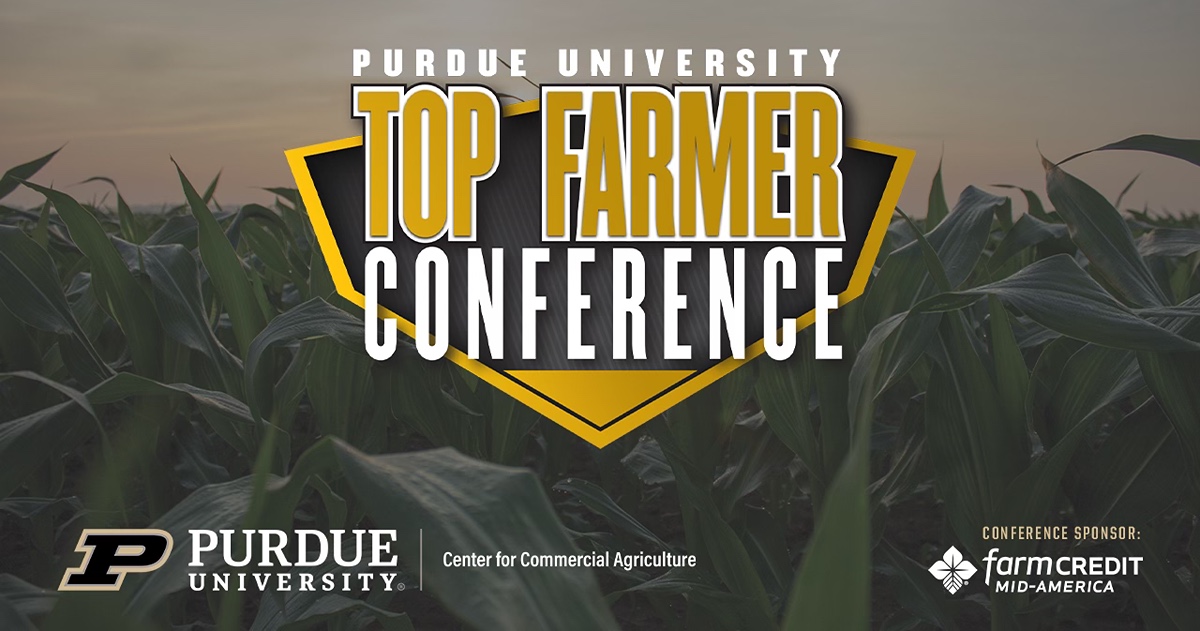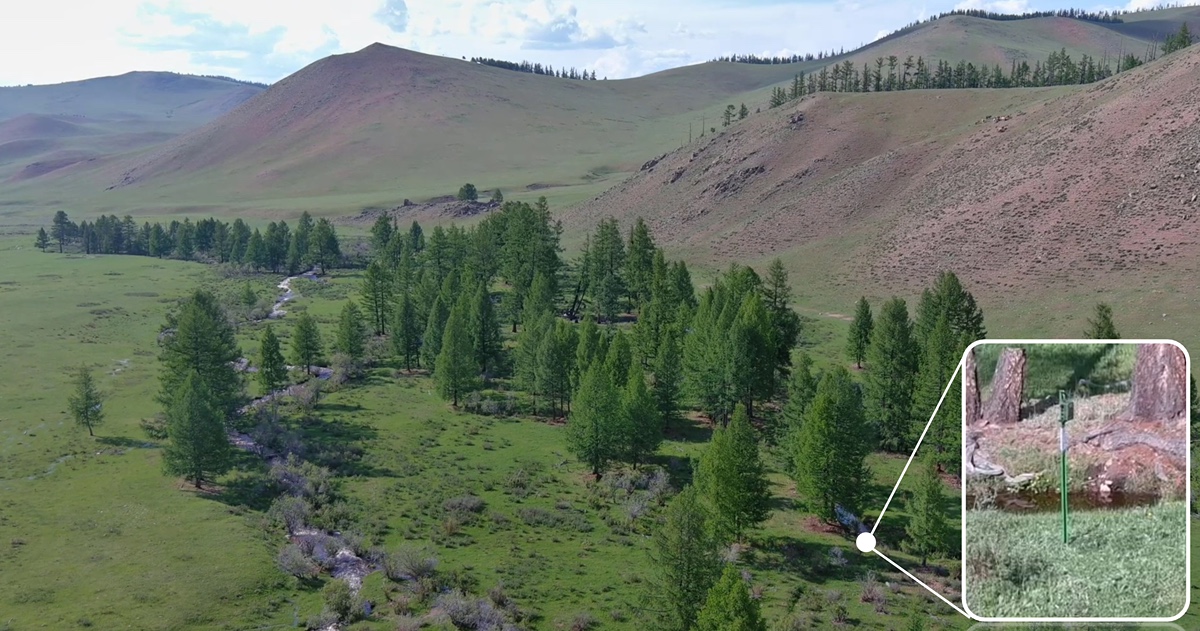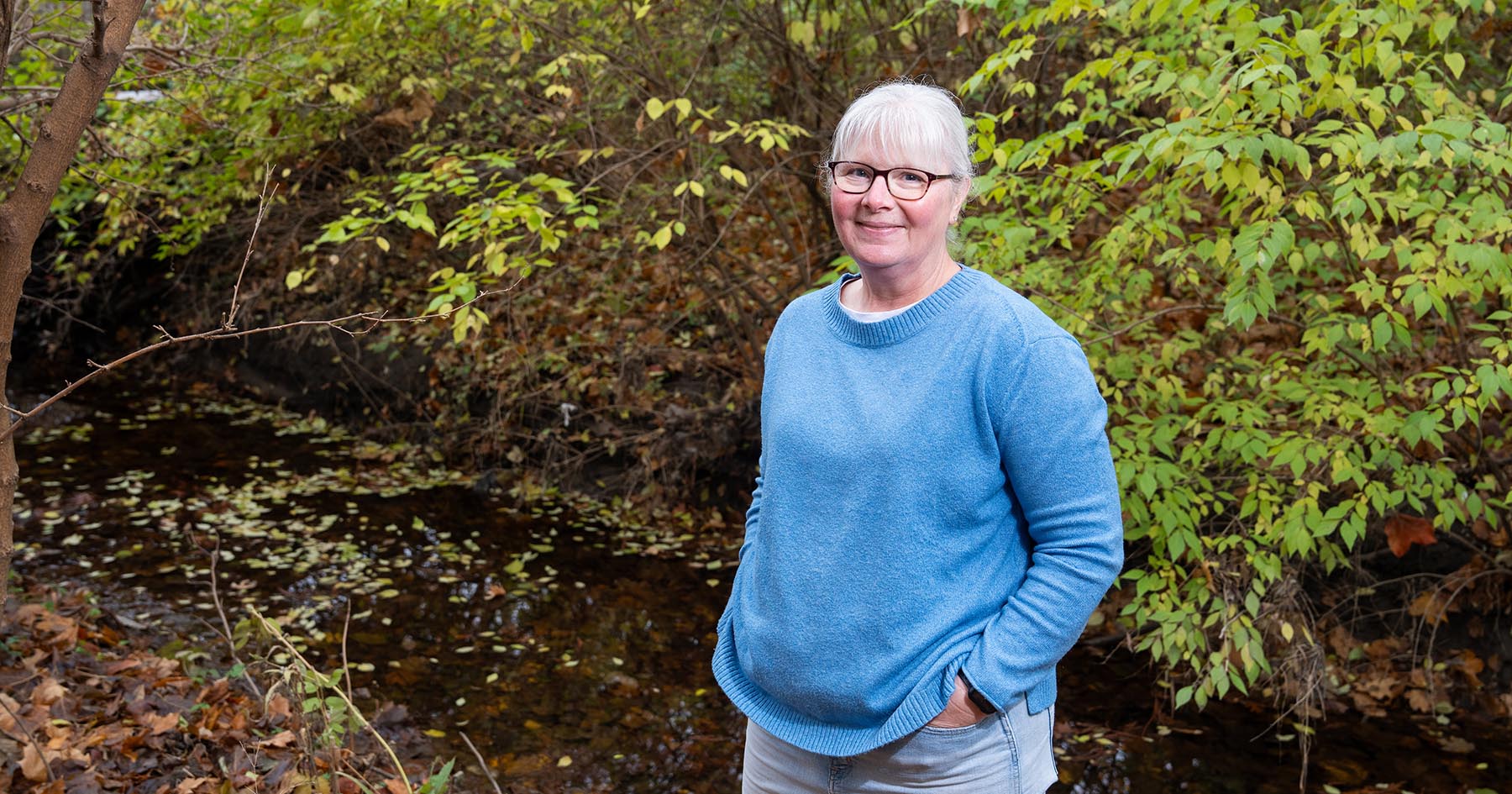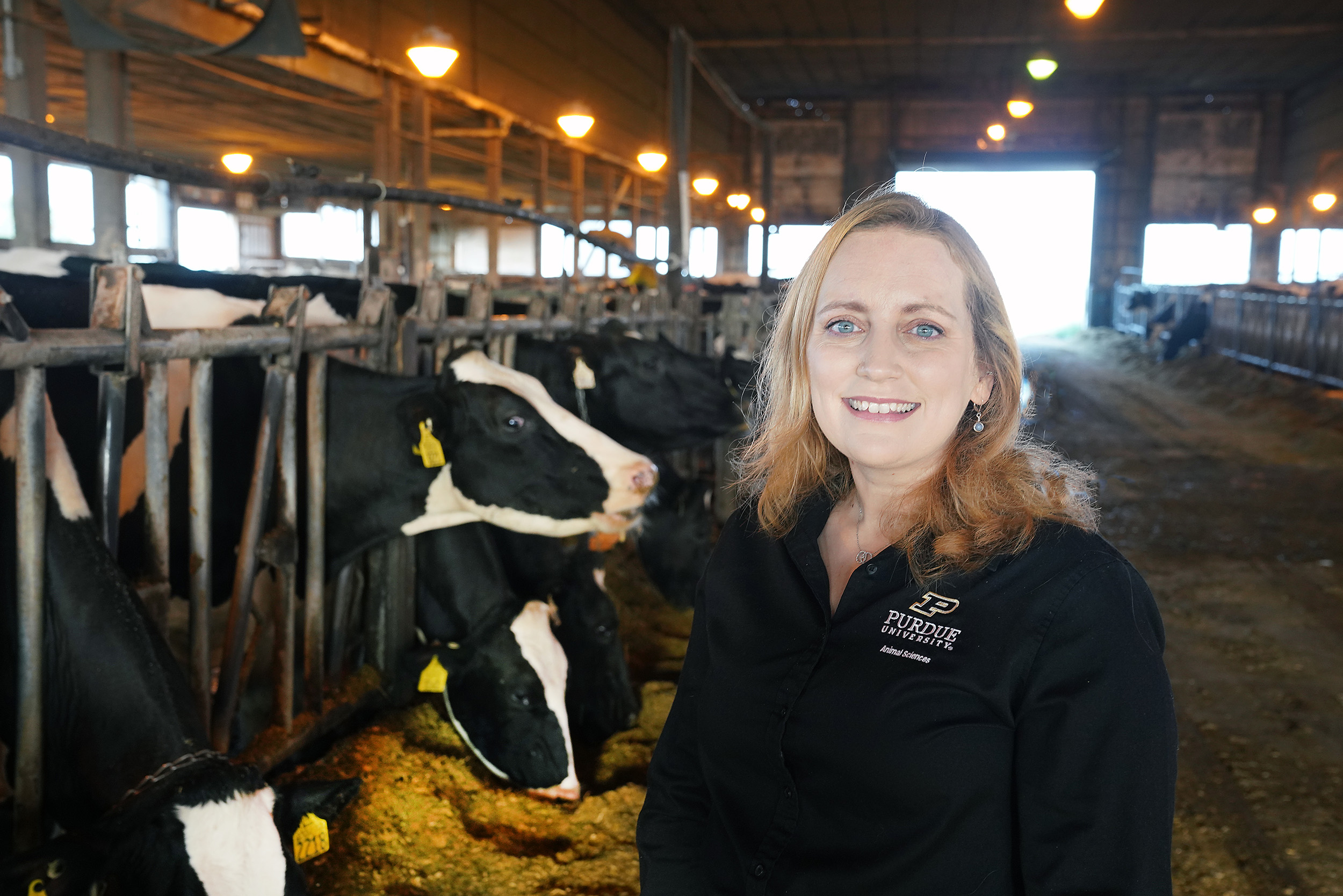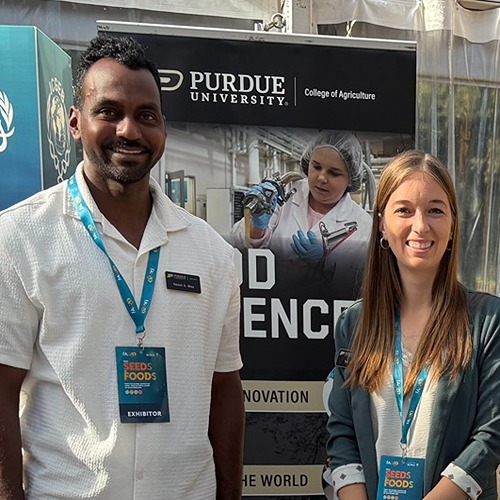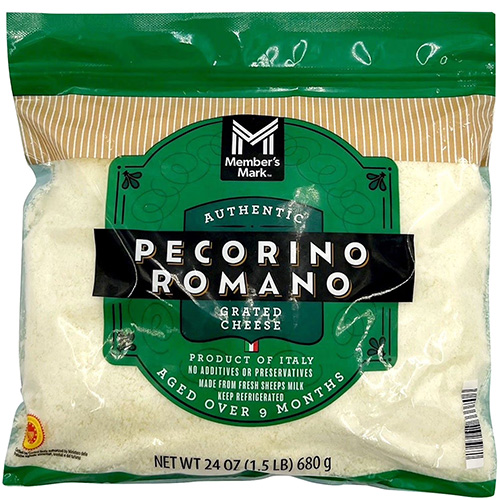Expansive agricultural dataset now available from Purdue University
An expansive, multi-decadal agricultural dataset is now available from Purdue University. The Southeast Purdue Agricultural Center (SEPAC) drainage research data are from a long-term subsurface drainage project that was conducted at SEPAC in Jennings County, Indiana from 1984 to 2020. SEPAC is one of eight Purdue Agricultural Centers (PACs) across Indiana that researchers use to conduct applied field crop and animal research. This project was funded in part by the Agricultural Research and Graduate Education (ARGE) office at Purdue and the USDA National Institute of Food and Agriculture.
“The original goals of the project were to evaluate the effects of different subsurface drain spacings on drain flow and corn growth and yield,” says, Eileen Kladivko, professor in the Department of Agronomy and lead-author of the study. “A significant finding was that modern drainage is effective at improving crop growth and yield on these soils that had traditionally not been tile drained, therefore farmers and landowners in this region have a greater confidence that installing drainage can be a worthwhile investment.”
Additional objectives were added over the years, especially related to movement of agricultural chemicals through the soil into the drainage waters. Now publicly available for use, these data capture changes in drain flow, water quality and crop yield across times of significant change in farm management practices. The main data included are drain flow and nitrate-N concentrations and loads from each of six tile drains, collected on a daily basis, from 1985 through 2015. The agronomic data include crop yields (corn, soybean) and grain moisture content from 1984 through 2020. Weather data were collected on site or at nearby weather stations and are included in the dataset.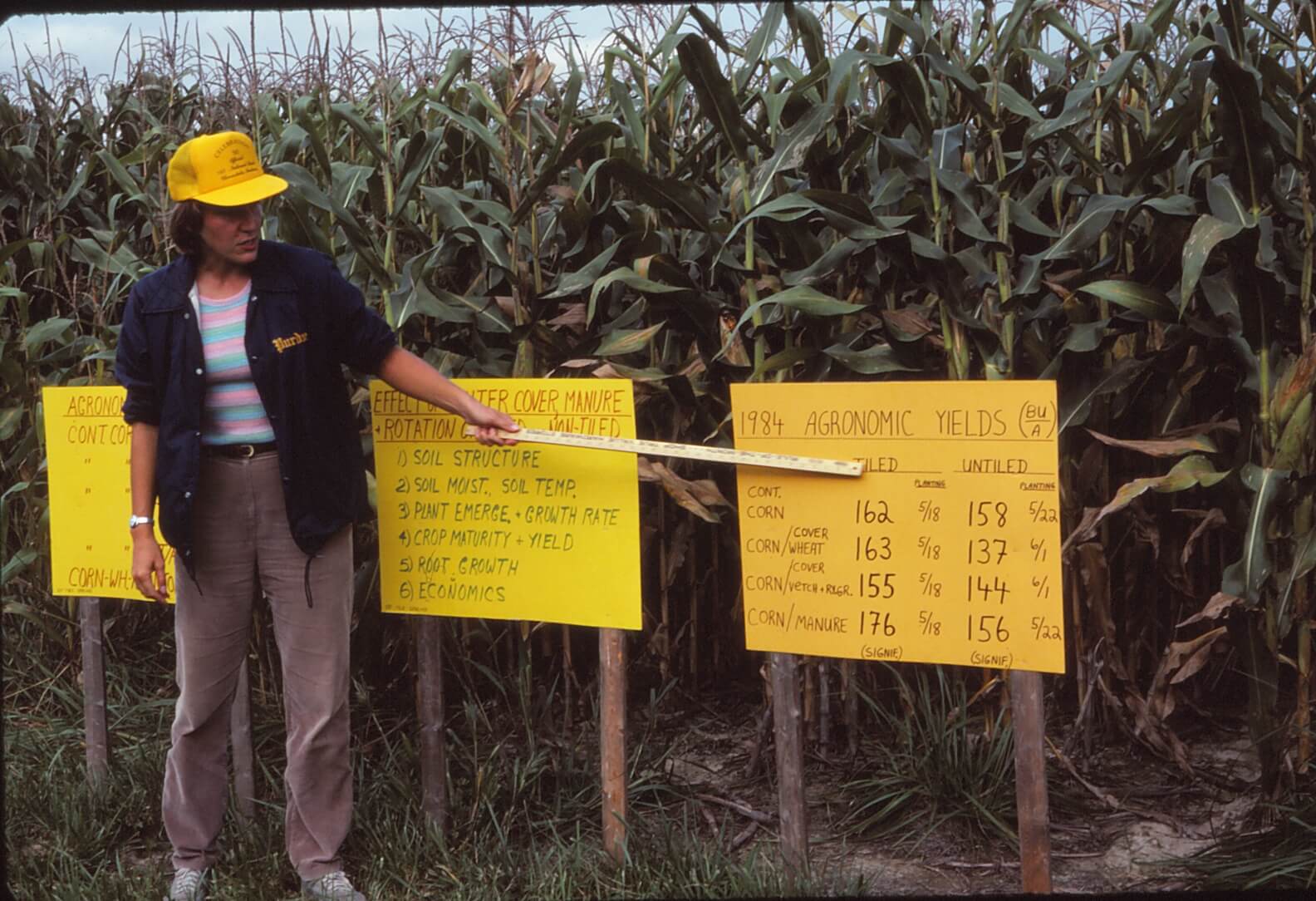
“We need long-term studies like these, over a number of years of varying weather patterns, to know the actual impacts of agriculture on water quality and the practices that can improve water quality,” says Kladivko. “Water quality is affected both by human activities and natural weather variations, and decadal studies are important to understand the impacts of both.”
“This is a rare type of dataset, having so many years of data all put together, and so it’s really a tribute to Purdue to have had such an experiment and to have such data available for others to use,” says Laura Bowling, professor in the Department of Agronomy and co-author of the study.
The dataset includes four Purdue Extension publications and a list of research publications along with the data mentioned above. Data may be useful for researchers, agency staff, extension personnel and farmers/landowners testing various models of drainage, water quality and crop yield with time.
“Key findings include the greater loss of nitrate into drainage waters with narrower drain spacings, and the impact of cover crops on reducing nitrate losses to drainage water,” says Kladivko. “We still need more work on technologies to improve our aging drainage systems for both adequate drainage and improved water quality, across the vast tile-drained landscapes of Indiana and the Midwest and without PACs, long-term research like this dataset would not have been possible.”
This research has been an important part of the PAC Field Days providing educational opportunities for commodity producers, crop/livestock advisers and others seeking knowledge in crop production, farm management, land use and other issues.
For more information and to view the data: https://purr.purdue.edu/publications/3954/1
